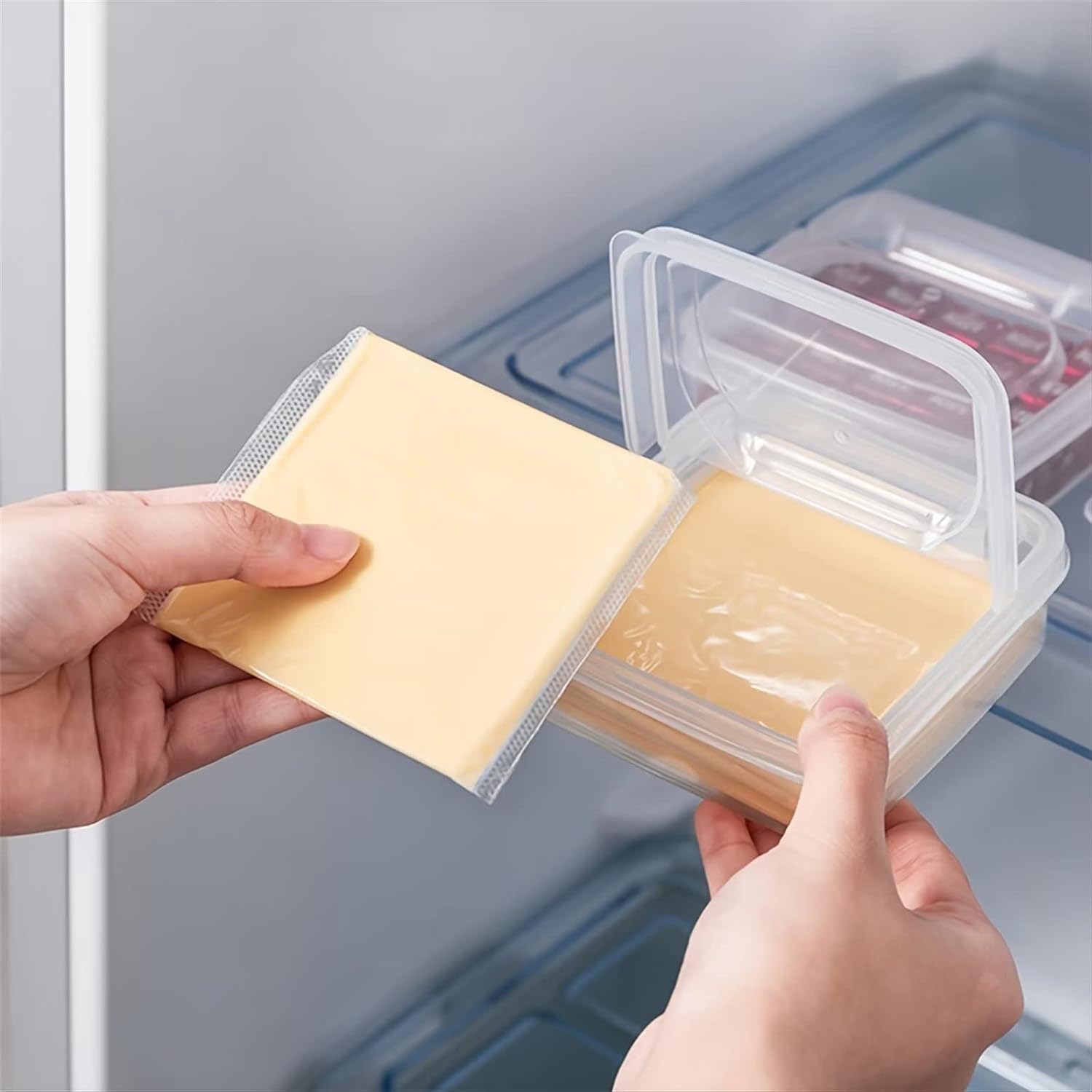

Articles
How To Store Sliced Cheese
Modified: December 7, 2023
Looking for articles on how to store sliced cheese? Discover the best tips and tricks for properly storing and preserving your sliced cheese for maximum freshness and shelf life.
(Many of the links in this article redirect to a specific reviewed product. Your purchase of these products through affiliate links helps to generate commission for Storables.com, at no extra cost. Learn more)
Introduction
When it comes to cheese, slicing it can make it more convenient to use in sandwiches, burgers, or even as a snack on its own. Sliced cheese offers a quick and easy way to add a burst of flavor to your meals. However, storing sliced cheese properly is crucial to ensure its freshness, taste, and quality.
In this article, we will guide you through the process of storing sliced cheese effectively, so you can enjoy its delightful taste and texture for an extended period. We will explore the different types of sliced cheese available in the market and discuss the factors to consider when storing them. Additionally, we will provide you with valuable tips on how to extend the shelf life of sliced cheese, ensuring that you always have a delectable cheese option close at hand.
So, whether you are a cheese lover or a home cook looking to enhance your culinary creations, read on to discover the best practices for storing sliced cheese and keeping it fresh for longer.
Key Takeaways:
- Properly storing sliced cheese is crucial for maintaining its freshness and flavor. Utilize airtight containers, wrap tightly, and store in the coolest part of the refrigerator to extend its shelf life and enjoy every slice to the fullest.
- Understanding the different types of sliced cheese and implementing proper storage techniques can ensure that you always have a delectable and versatile ingredient on hand. Practice good hygiene, avoid double-dipping, and rotate your cheese stock to minimize waste and savor the freshest taste.
Read more: How To Store Sliced Onion
Understanding the Types of Sliced Cheese
Sliced cheese comes in various types and flavors, offering an array of options to suit different tastes and preferences. Understanding the different types of sliced cheese available in the market can help you make an informed choice when purchasing and storing them.
1. Cheddar: Cheddar cheese is one of the most popular choices for sliced cheese. It has a sharp and tangy flavor, making it ideal for burgers, sandwiches, and snacking.
2. Swiss: Swiss cheese, known for its mild and nutty flavor, is another popular option. It has a distinctive appearance with its characteristic holes and is often used in deli sandwiches and hot sandwiches like the classic Reuben.
3. American: American cheese is a processed cheese variety commonly used on hamburgers and grilled cheese sandwiches. It has a mild and creamy flavor, and its smooth melting properties make it a favorite for cheese lovers.
4. Pepper Jack: Pepper Jack cheese is a spicier variety of sliced cheese that combines Monterey Jack cheese with spicy peppers. It offers a kick of heat and adds a flavorful punch to sandwiches and quesadillas.
5. Provolone: Provolone cheese has a mild and slightly tart flavor. It is often used in deli sandwiches and works well when melted, making it a popular choice for dishes such as cheesesteaks and French onion soup.
6. Mozzarella: Mozzarella cheese, known for its stringy and elastic texture, is a versatile choice for sliced cheese. It is commonly used in sandwiches, pizzas, and caprese salads.
7. Colby Jack: Colby Jack cheese is a blend of Colby and Monterey Jack cheeses. It has a mild, creamy, and slightly sweet flavor, making it a versatile option for snacking, sandwiches, and cheese platters.
These are just a few examples of the many types of sliced cheese you can find in the market. Each variety offers a unique flavor profile and can be used in various culinary applications. Understanding the characteristics of different types of sliced cheese can help you choose the right one for your specific needs and preferences.
Factors to Consider when Storing Sliced Cheese
Proper storage is crucial to maintain the freshness, taste, and quality of sliced cheese. Here are some key factors to consider when storing sliced cheese:
1. Temperature: Cheese should be stored at a cool temperature to prevent it from spoiling. The ideal temperature for storing sliced cheese is between 35°F (1.6°C) and 45°F (7.2°C). Avoid storing cheese near sources of heat, such as the stove or direct sunlight, as high temperatures can cause the cheese to melt, change texture, and develop off-flavors.
2. Humidity: Cheese requires a certain level of humidity to prevent it from drying out or becoming too moist. Aim for a humidity level of around 80-85%. If the humidity is too low, the cheese may dry out and become hard. On the other hand, excessive humidity can encourage the growth of mold and spoilage. To maintain the right humidity, consider storing sliced cheese in a resealable container or wrapping it in wax paper or cheese paper.
3. Airflow: Proper airflow is essential for storing sliced cheese. Excess moisture can promote the growth of mold, while trapped air can cause the cheese to spoil. To ensure optimal airflow, it is best to store sliced cheese in a container with breathable holes or wrap it loosely in wax paper, allowing for air circulation.
4. Packaging: When purchasing sliced cheese, consider the packaging. Look for cheese that comes in airtight and resealable containers, preventing exposure to air and controlling moisture levels. If the packaging is damaged or opened, it is advisable to transfer the sliced cheese to airtight containers or wrap it tightly in wax paper or plastic wrap before storing.
5. Separation: It is important to keep different types of sliced cheese separated to avoid cross-contamination of flavors and odors. Strong-smelling cheeses like blue cheese or aged varieties can impart their flavors onto milder varieties if stored together. Store each type of sliced cheese in a separate container or wrap them individually in wax paper or cheese paper.
By considering these factors, you can ensure optimal conditions for storing sliced cheese, preserving its flavor, texture, and quality for an extended period. Proper storage techniques not only keep your cheese fresh but also enhance its taste, making every bite a delightful experience.
Proper Storage Techniques for Sliced Cheese
To maintain the freshness and quality of sliced cheese, it is essential to follow proper storage techniques. Here are some guidelines to help you store sliced cheese effectively:
1. Wrap it Properly: When storing sliced cheese, it is crucial to wrap it properly to protect it from air and moisture. Use wax paper, cheese paper, or plastic wrap to cover the cheese tightly. Make sure the wrapping is sealed to prevent the cheese from drying out or absorbing unwanted odors from the surroundings.
2. Use Airtight Containers: Consider transferring sliced cheese to airtight containers for storage. These containers provide an additional layer of protection against air and moisture. Opt for containers with breathable holes or vents to maintain proper airflow. This will help prevent the cheese from spoiling and maintain its freshness.
3. Label and Date: To keep track of the cheese’s freshness, label each container or wrap with the type of cheese and the date it was stored. This will allow you to easily identify and use the oldest cheese first, ensuring that you consume it before it reaches its expiration date.
4. Store in the Refrigerator: The refrigerator is the ideal place to store sliced cheese. It maintains a cool and consistent temperature, preventing the cheese from spoiling. Place the wrapped or containerized sliced cheese on one of the shelves in the refrigerator, away from the door or freezer compartment. The door is typically subjected to temperature fluctuations, and the freezer compartment may be too cold for the cheese.
5. Avoid Freezer Storage: While some types of cheese can be frozen, sliced cheese is not usually recommended for freezing. Freezing can alter the texture and affect the quality of sliced cheese. It is best to consume the cheese within its recommended shelf life to enjoy its optimal taste and texture.
6. Take Note of Expiration Dates: Pay attention to the expiration dates on the packaging of the sliced cheese. Consume the cheese before the expiration date to ensure its freshness and quality. If the cheese develops an off odor, mold, or unusual texture before the expiration date, discard it as it may have spoiled.
By following these proper storage techniques, you can maintain the integrity and flavor of your sliced cheese. Enjoy the convenience of having delicious cheese slices ready whenever you need them, knowing that they are properly stored and preserved for your enjoyment.
Store sliced cheese in an airtight container or resealable plastic bag to prevent it from drying out. Place a piece of wax paper between slices to keep them from sticking together. Keep it in the refrigerator and use within a week for best quality.
Tips for Extending the Shelf Life of Sliced Cheese
If you want to prolong the shelf life of sliced cheese and ensure its freshness, there are certain tips and techniques you can follow. Here are some strategies to help you extend the shelf life of your sliced cheese:
1. Handle with Clean Hands: When handling sliced cheese, ensure your hands are clean. Washing your hands before touching the cheese can help prevent the transfer of bacteria and contaminants that can cause spoilage.
2. Use Cheese Paper or Wax Paper: Instead of using regular plastic wrap, consider wrapping sliced cheese in cheese paper or wax paper. These materials allow the cheese to breathe while still providing protection from moisture and air, helping to maintain its texture and flavor.
3. Cut and Use Portions Separately: If you have a large batch of sliced cheese, cut off and use only the portions you need. This will minimize the exposure of the remaining cheese to air and bacteria, helping to preserve its freshness for longer.
4. Avoid Double Dipping: It is important to avoid double dipping in the package or container when retrieving sliced cheese. Using clean utensils or your hands to take out the desired amount helps prevent contamination and the growth of bacteria, which can reduce the cheese’s shelf life.
5. Store in the Coolest Part of the Refrigerator: While the refrigerator is an ideal storage location, not all parts of it are equally cool. Aim to store your sliced cheese in the coolest part, usually the back of the refrigerator shelves, where the temperature is more stable. Avoid placing the cheese near items that release heat, such as the top shelf or the back of the fridge near the motor.
6. Avoid Moisture Build-up: Moisture can cause the sliced cheese to become soggy and promote the growth of mold. To avoid excess moisture, wrap the cheese tightly, remove any accumulated condensation from the container, and ensure proper ventilation in the storage area.
7. Use a Cheese Vault: Consider investing in a cheese vault, which is designed specifically for storing cheese. These containers regulate temperature and humidity, providing an ideal environment to extend the shelf life of the cheese. They also help to prevent the transfer of odors from the refrigerator.
8. Don’t Mix Strong-Flavored Cheese: Strong-flavored cheeses such as blue cheese or smoked cheese can easily transfer their flavors to milder cheese varieties when stored together. To maintain the integrity of each type of cheese, store them separately in individual containers or wrap them separately.
9. Rotate and Consume in Time: While properly stored sliced cheese can last for a while, it is still recommended to consume it within a reasonable time frame. Rotate your cheese stock and use the older slices first to avoid spoilage and enjoy the best flavor.
By implementing these tips, you can significantly extend the shelf life of your sliced cheese, ensuring that it remains fresh and delicious for an extended period. Say goodbye to wasted cheese and hello to enjoying every slice with maximum flavor and quality.
Read more: How To Store Smoked Cheese
Frequently Asked Questions (FAQs)
Here are some common questions about storing sliced cheese:
Q: Can I freeze sliced cheese?
A: Freezing sliced cheese is not recommended as it can affect the texture and quality. It is best to consume sliced cheese within its recommended shelf life for the best taste and texture.
Q: How long does sliced cheese last in the refrigerator?
A: The shelf life of sliced cheese can vary depending on the type and storage conditions. Generally, sliced cheese can last for about 1-2 weeks when stored properly in the refrigerator.
Q: Can I store sliced cheese at room temperature?
A: It is not recommended to store sliced cheese at room temperature, as it can spoil quickly due to the warm environment. Cheese should be stored in the refrigerator to maintain its freshness and prevent bacterial growth.
Q: How can I tell if sliced cheese has gone bad?
A: The signs that sliced cheese has gone bad include an off smell, discoloration, mold growth, or a slimy texture. If you notice any of these signs, it is best to discard the cheese to avoid foodborne illness.
Q: Can I store different types of sliced cheese together?
A: It is best to store different types of sliced cheese separately to prevent cross-contamination of flavors and odors. Strong-smelling cheeses can impart their flavors onto milder cheeses if stored together.
Q: Can I reseal the original packaging of sliced cheese?
A: If the original packaging of sliced cheese has a resealable feature, you can use it to seal the cheese. However, if the packaging is damaged or opened, it is advisable to transfer the cheese to airtight containers or wrap it tightly in wax paper or plastic wrap.
Q: Can I store sliced cheese in a cheese keeper?
A: Yes, using a cheese keeper or airtight container designed specifically for cheese storage can help maintain the freshness and texture of sliced cheese. Ensure the container provides proper airflow and seals tightly to protect the cheese from moisture and air.
Q: Why does sliced cheese sometimes become slimy?
A: Sliminess on sliced cheese is often a sign of spoilage. The moisture and bacteria can cause the cheese to become slimy. Make sure to store sliced cheese properly and discard any slices that have a slimy texture.
Q: Can I still consume sliced cheese after the expiration date?
A: It is generally recommended to consume sliced cheese before the expiration date for the best quality and flavor. However, if the cheese appears and smells normal and has been stored properly, it may still be safe to consume for a short period after the expiration date. Use your judgment and discretion in such cases.
These are some of the most commonly asked questions about storing sliced cheese. Following proper storage techniques and paying attention to signs of spoilage will ensure that you can enjoy the cheese at its best and minimize any waste.
Conclusion
Properly storing sliced cheese is essential for maintaining its freshness, taste, and quality. By understanding the different types of sliced cheese available, considering important factors like temperature and humidity, and implementing proper storage techniques, you can ensure that your sliced cheese stays delicious and lasts longer.
Remember to wrap sliced cheese tightly using cheese paper, wax paper, or plastic wrap to protect it from air and moisture. Utilize airtight containers or cheese vaults to provide an additional layer of protection and maintain proper airflow. Place the cheese in the coolest part of the refrigerator, away from temperature fluctuations, to prevent spoilage.
Extend the shelf life of your sliced cheese by practicing good hygiene, avoiding double-dipping, and using clean utensils. Rotate your cheese stock and consume the older slices first to minimize waste and enjoy the freshest taste.
Ultimately, proper storage techniques for sliced cheese help ensure that you always have a delectable and versatile ingredient on hand. Whether it’s for sandwiches, burgers, or snacking, properly stored sliced cheese will enhance your culinary creations and provide delightful flavors.
So, follow the guidelines and tips provided in this article to make the most of your sliced cheese and enjoy its taste and texture for as long as possible. With a little care and attention, you can savor every slice of cheese and elevate your meals to new heights.
Frequently Asked Questions about How To Store Sliced Cheese
Was this page helpful?
At Storables.com, we guarantee accurate and reliable information. Our content, validated by Expert Board Contributors, is crafted following stringent Editorial Policies. We're committed to providing you with well-researched, expert-backed insights for all your informational needs.
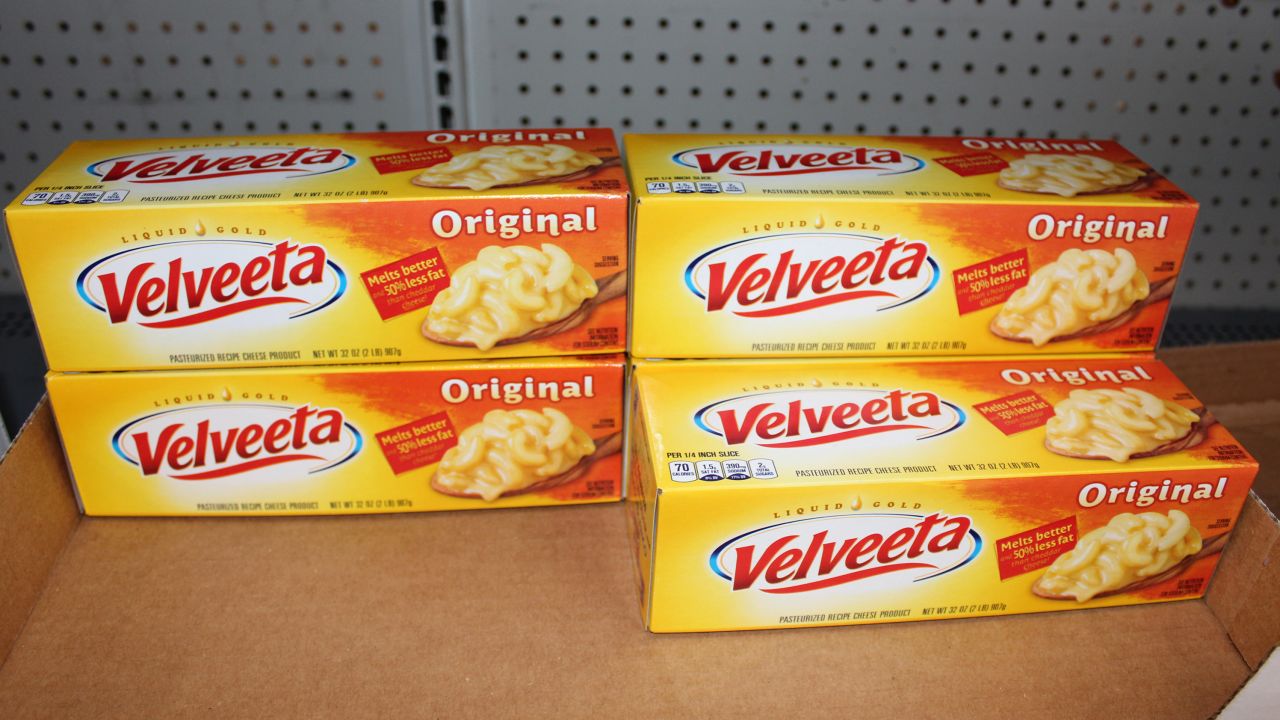



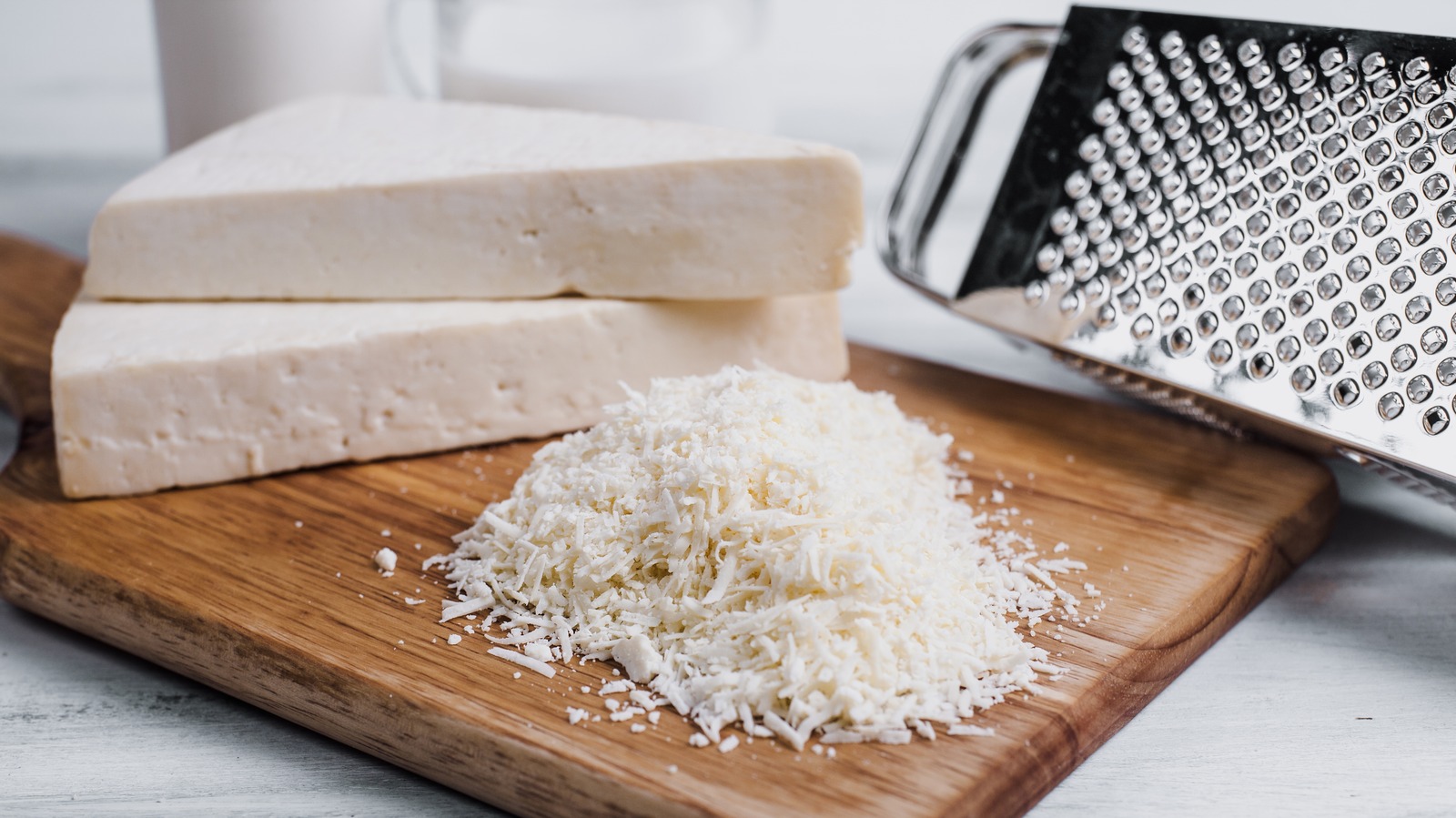
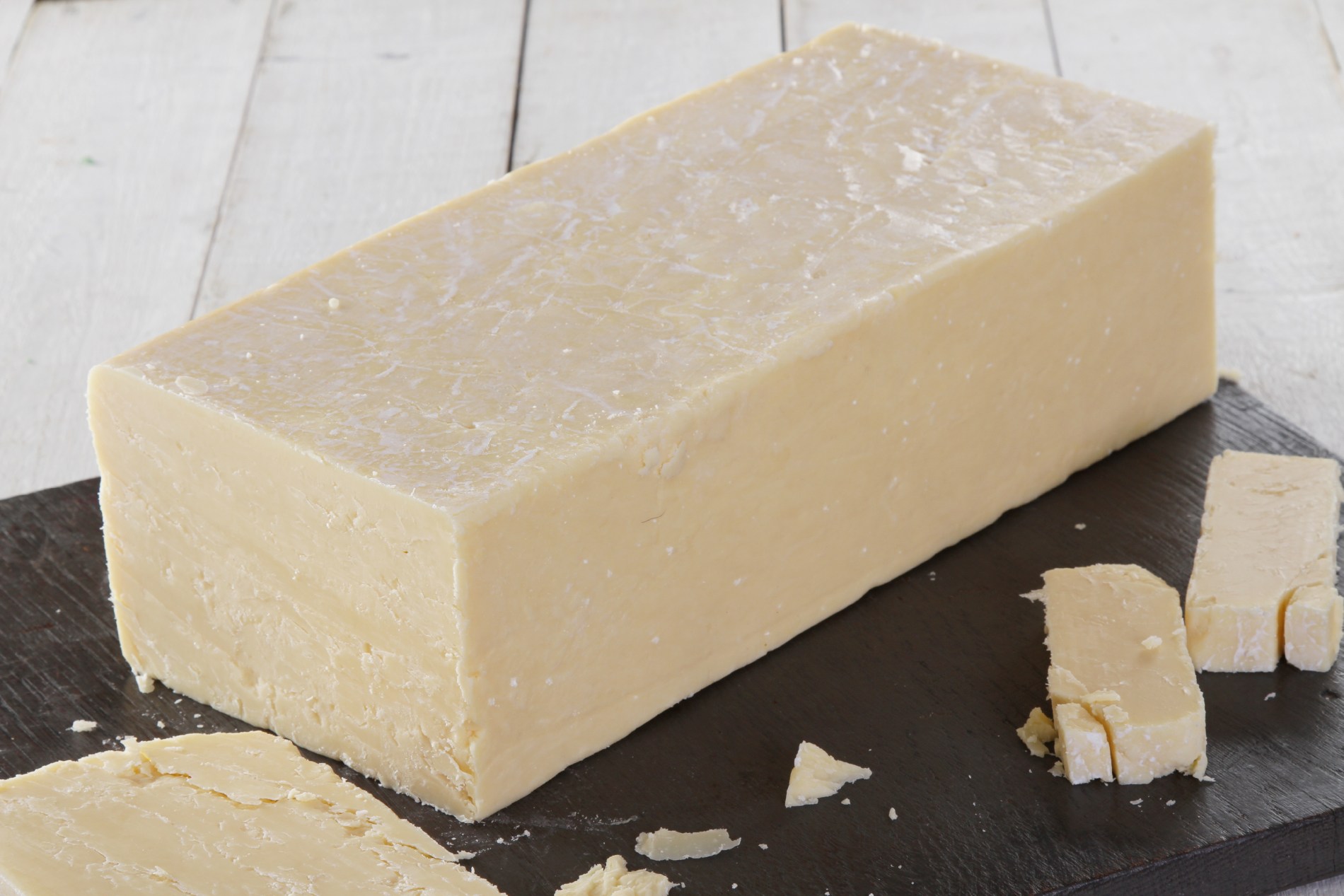



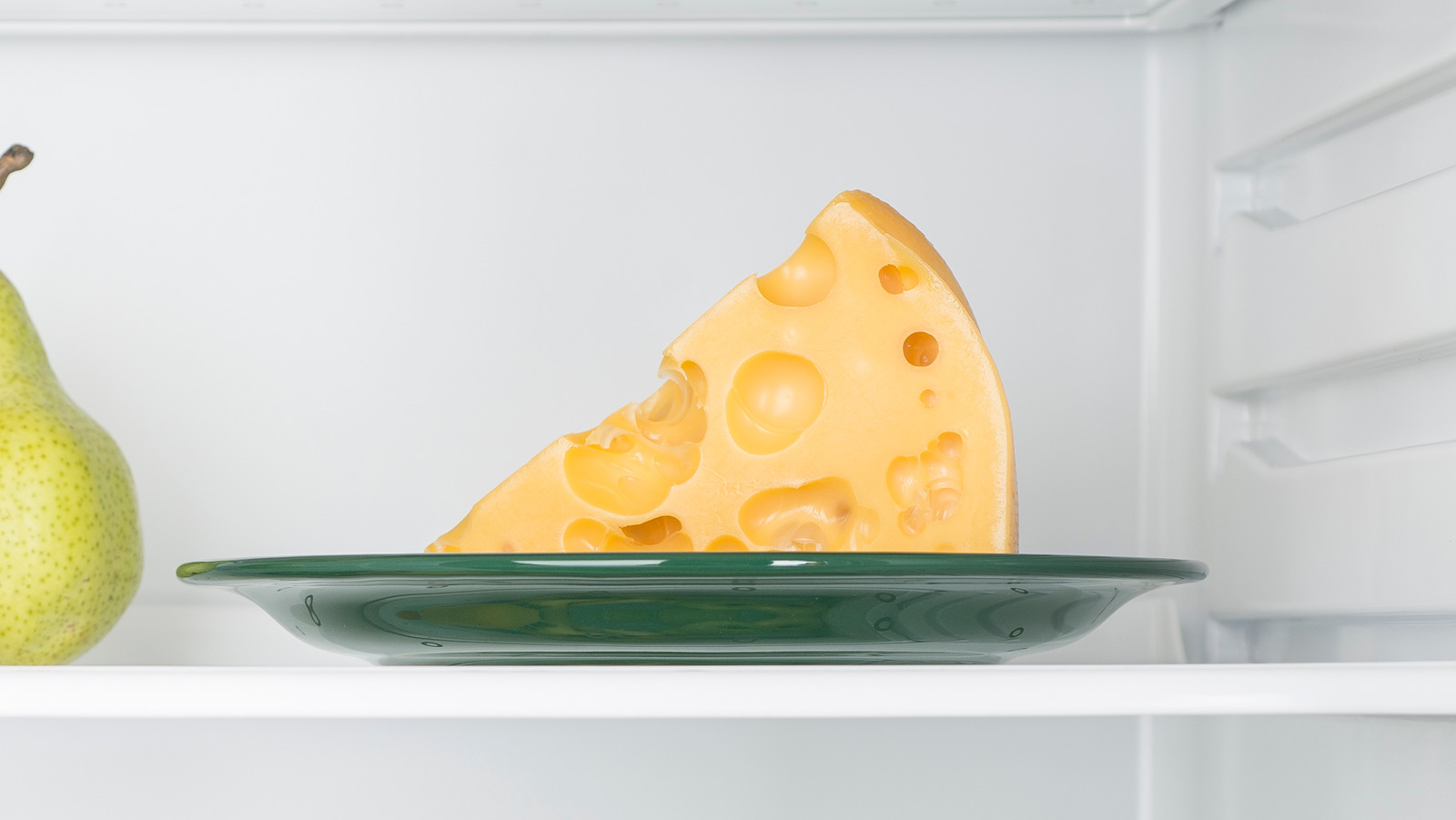





0 thoughts on “How To Store Sliced Cheese”